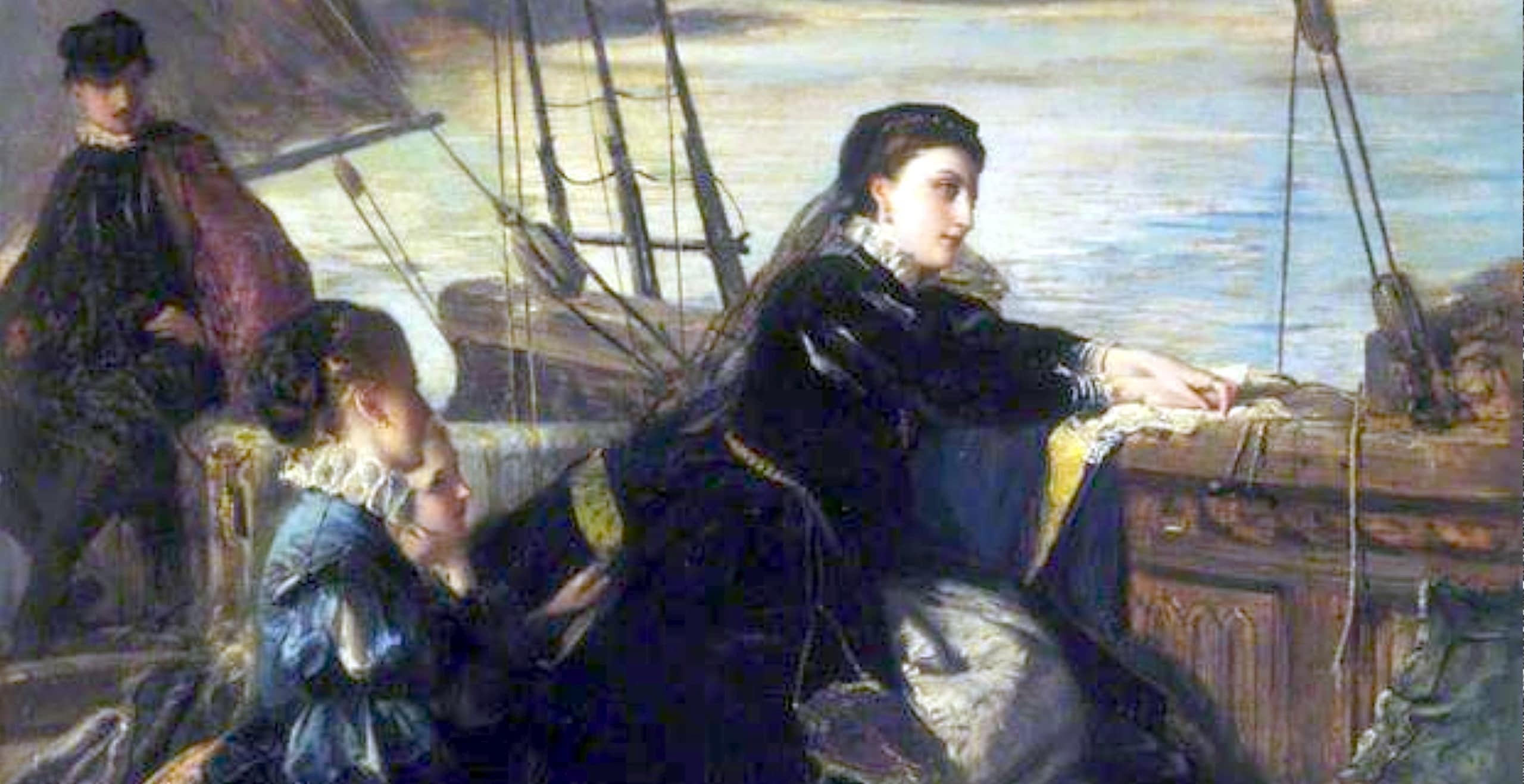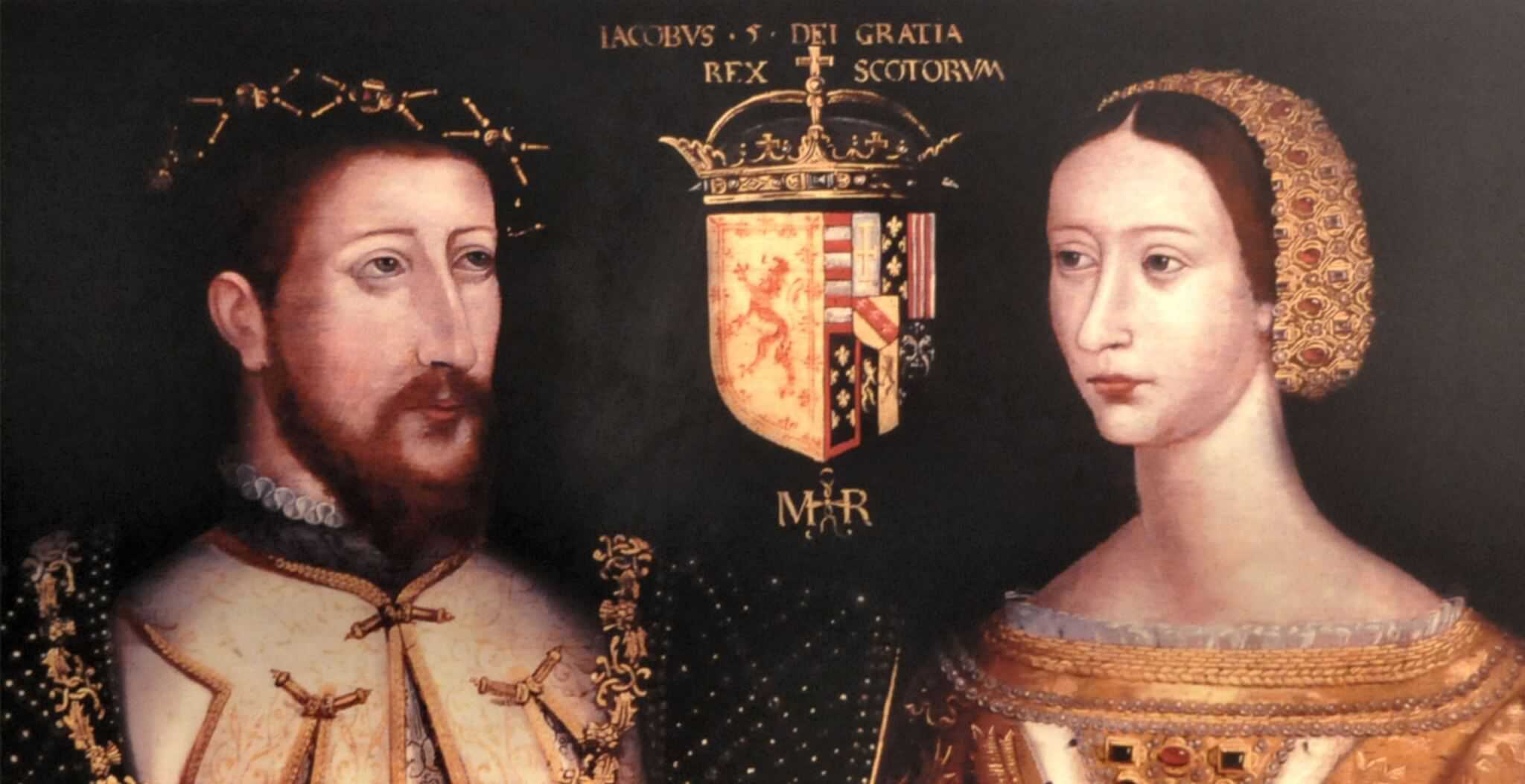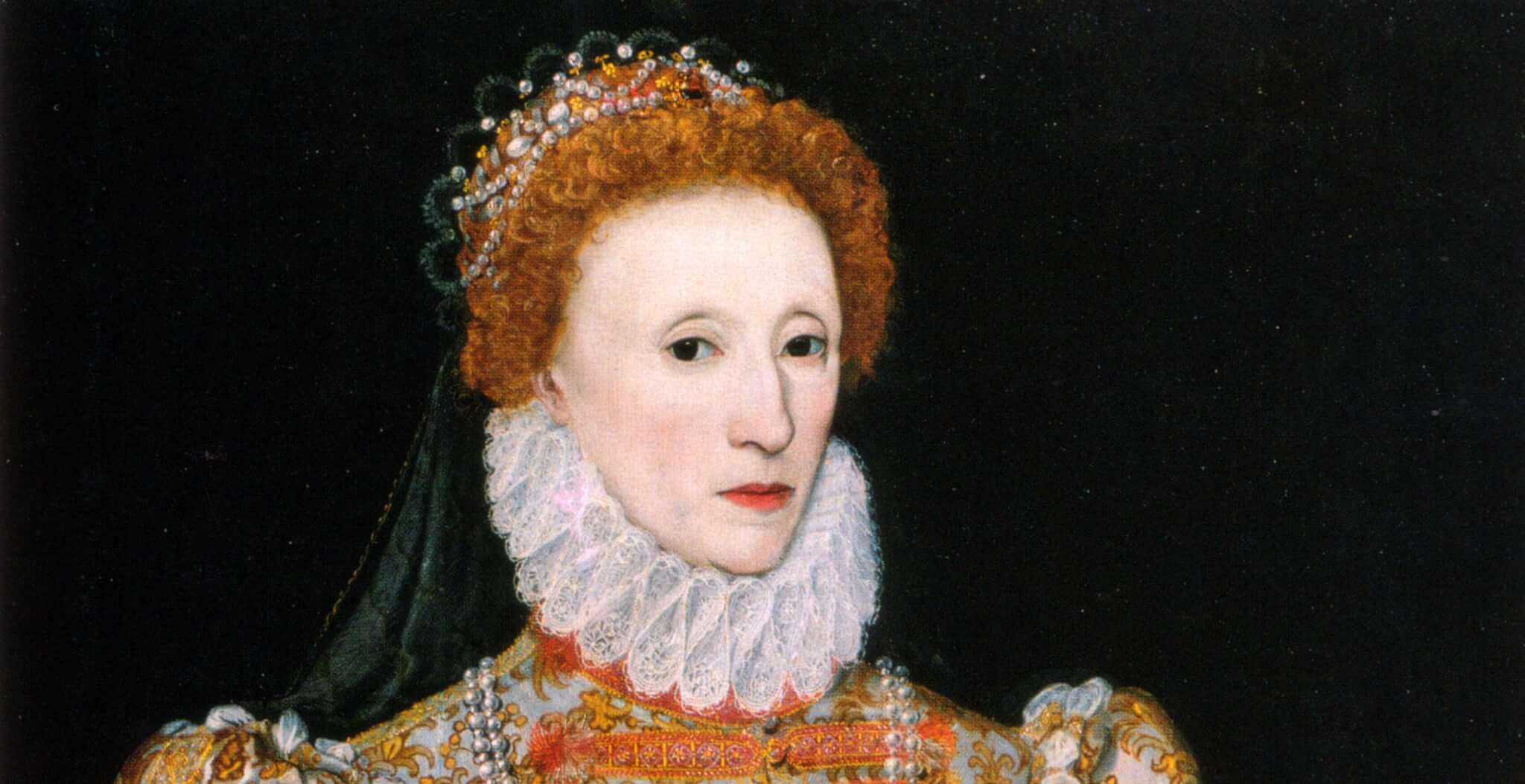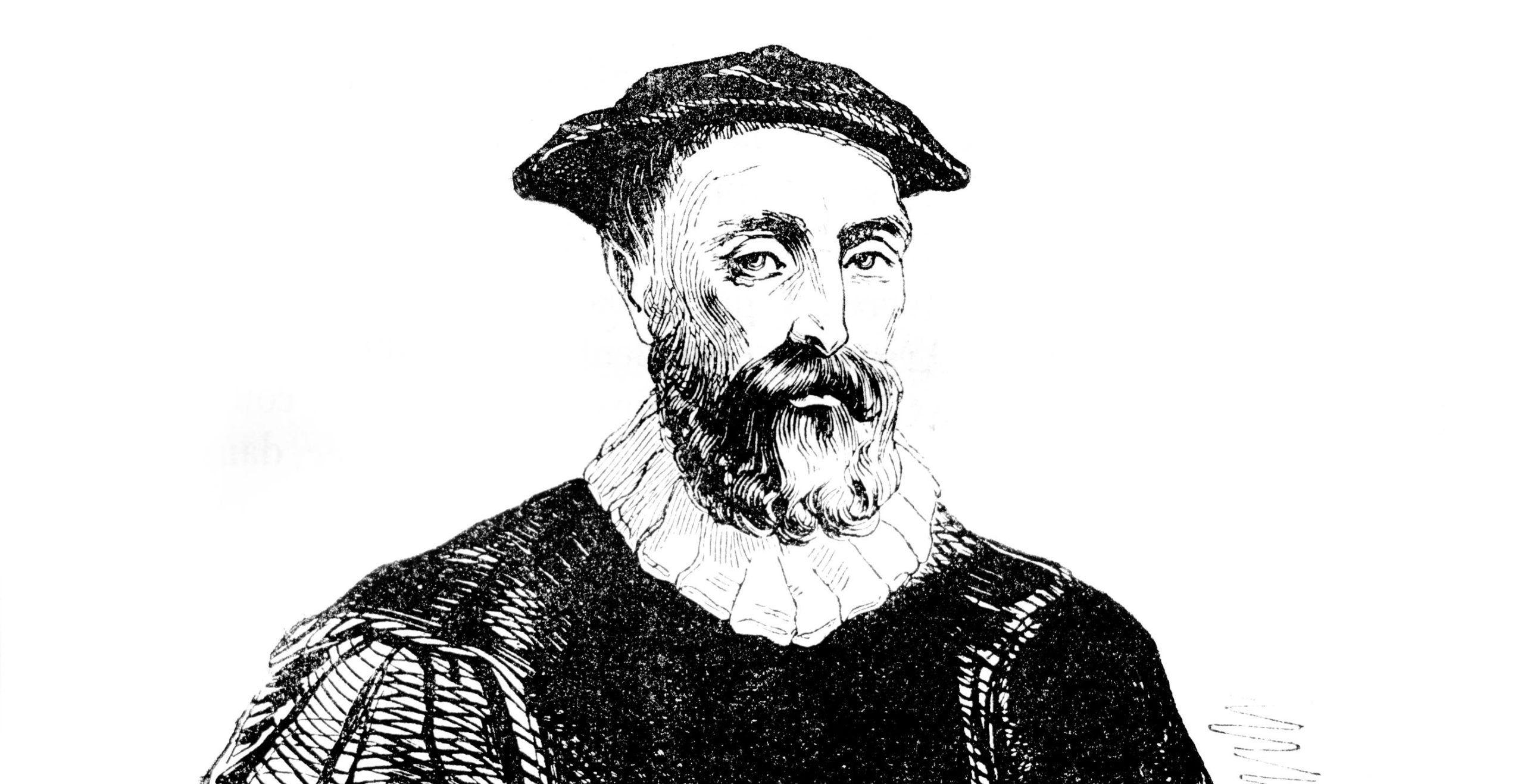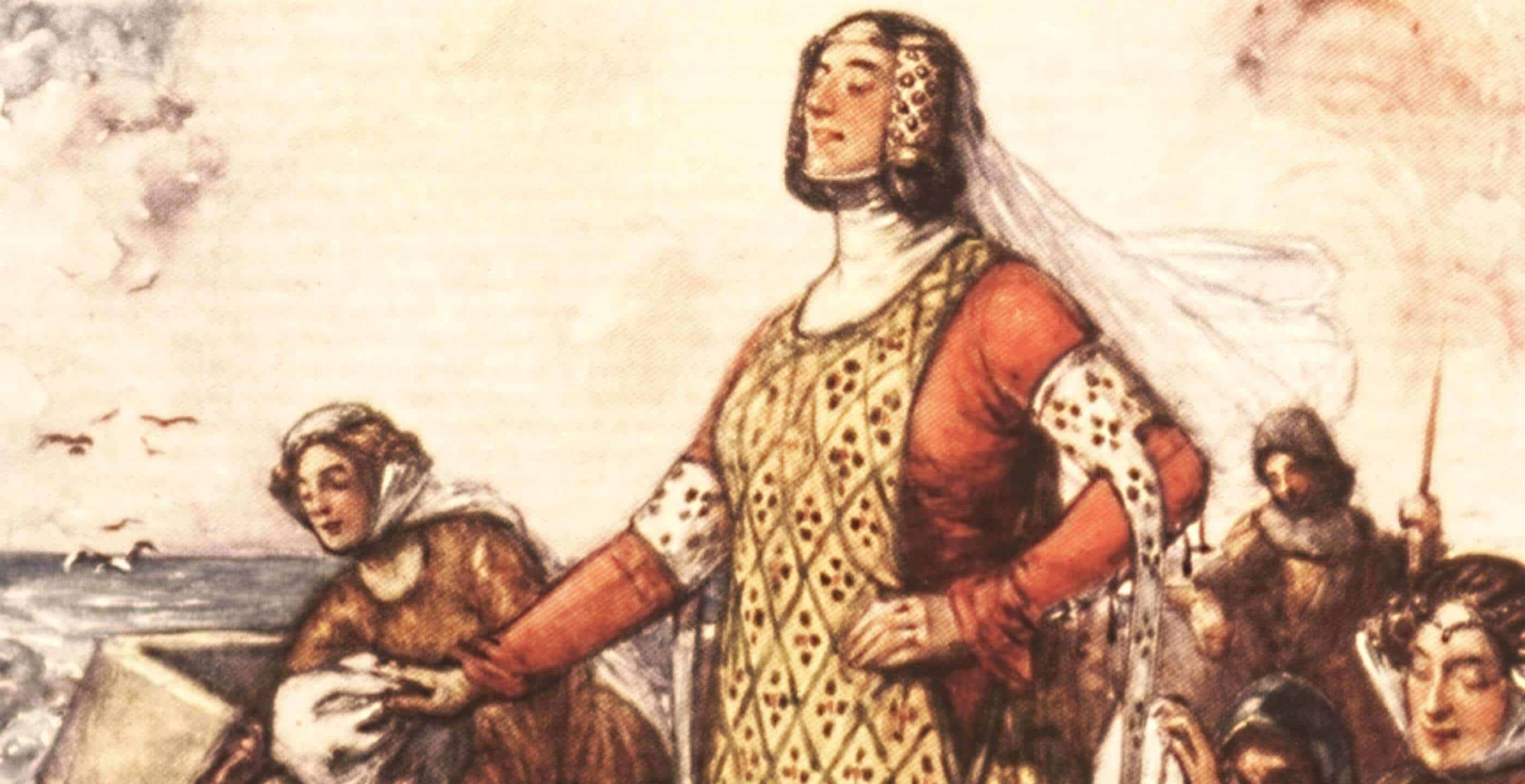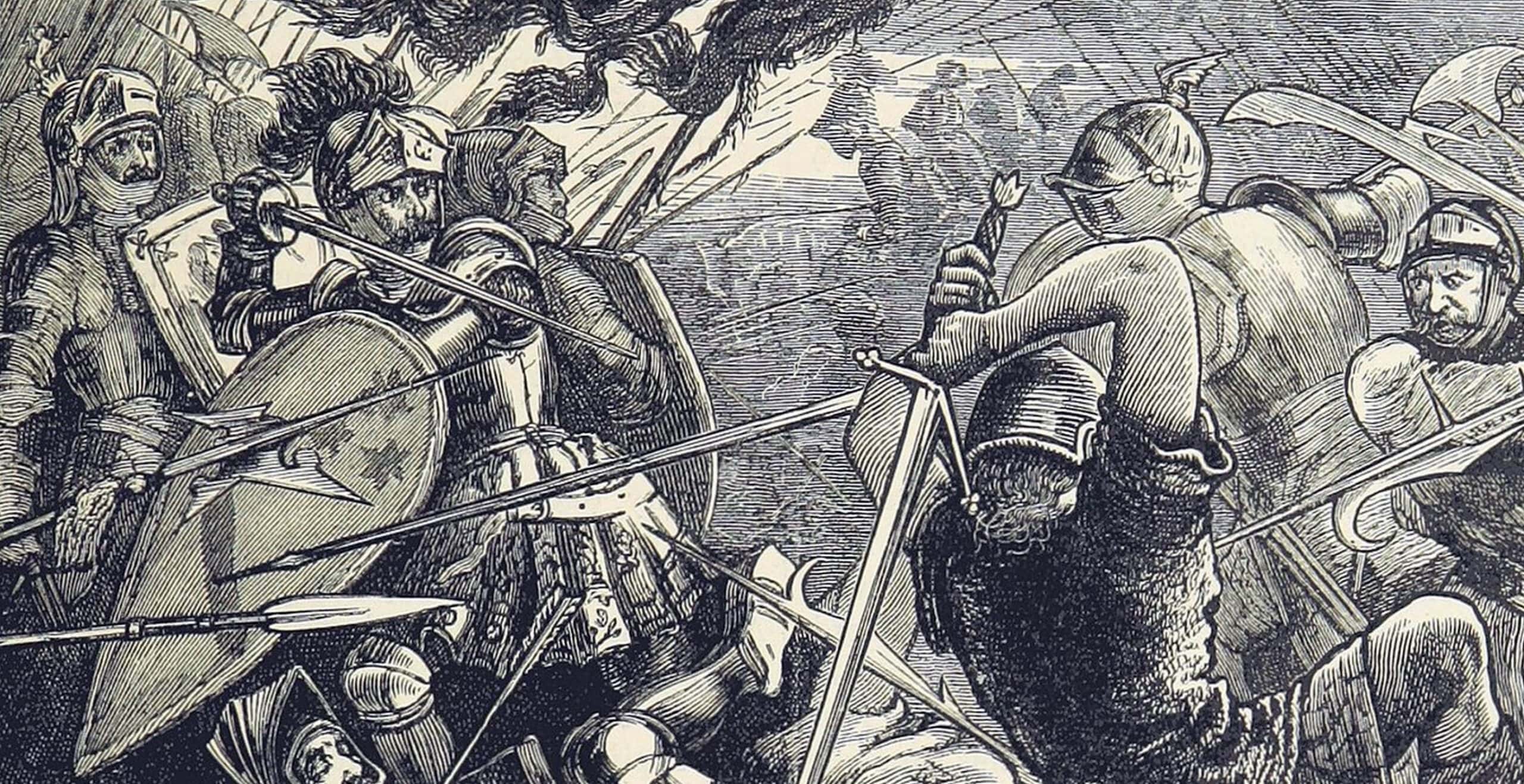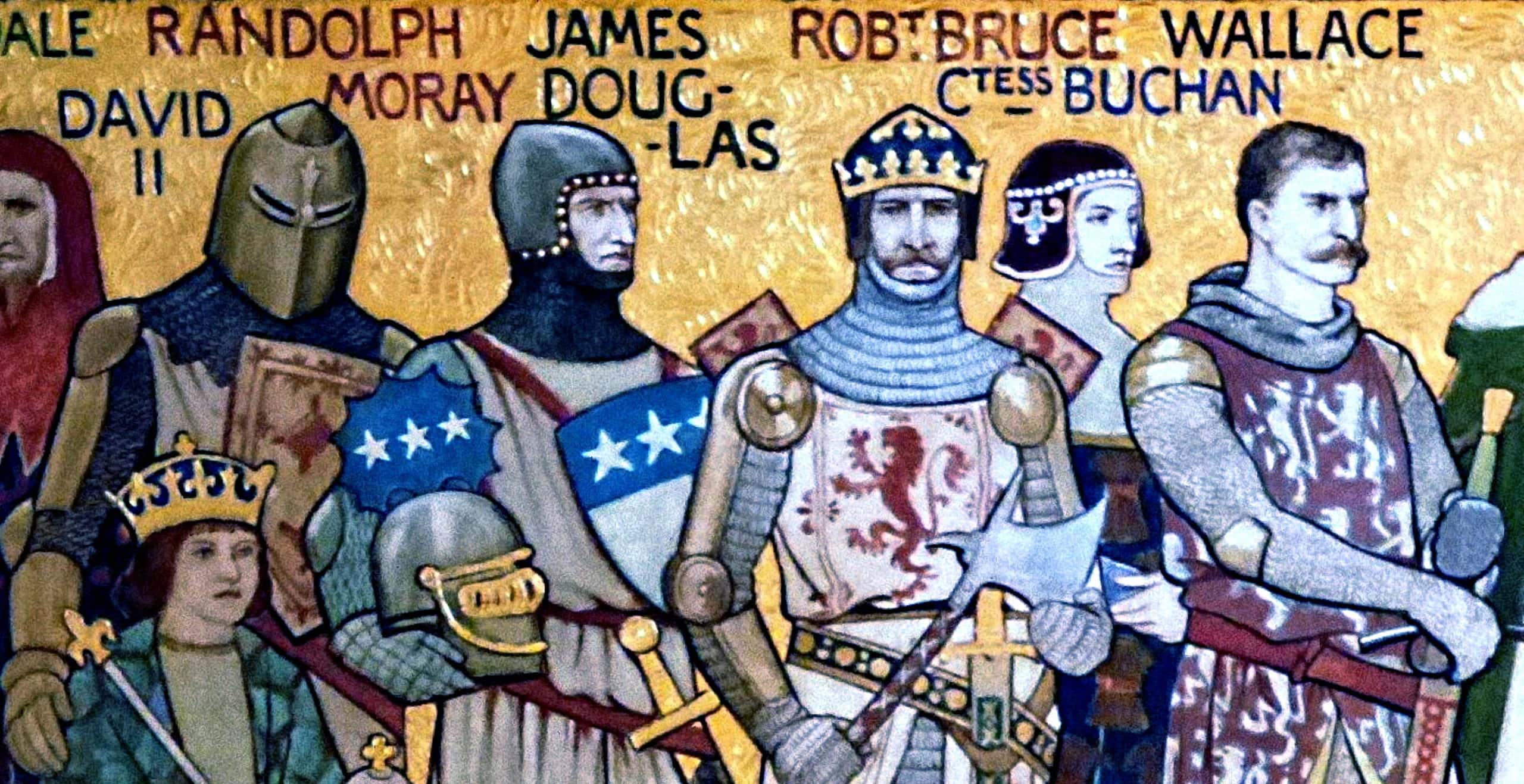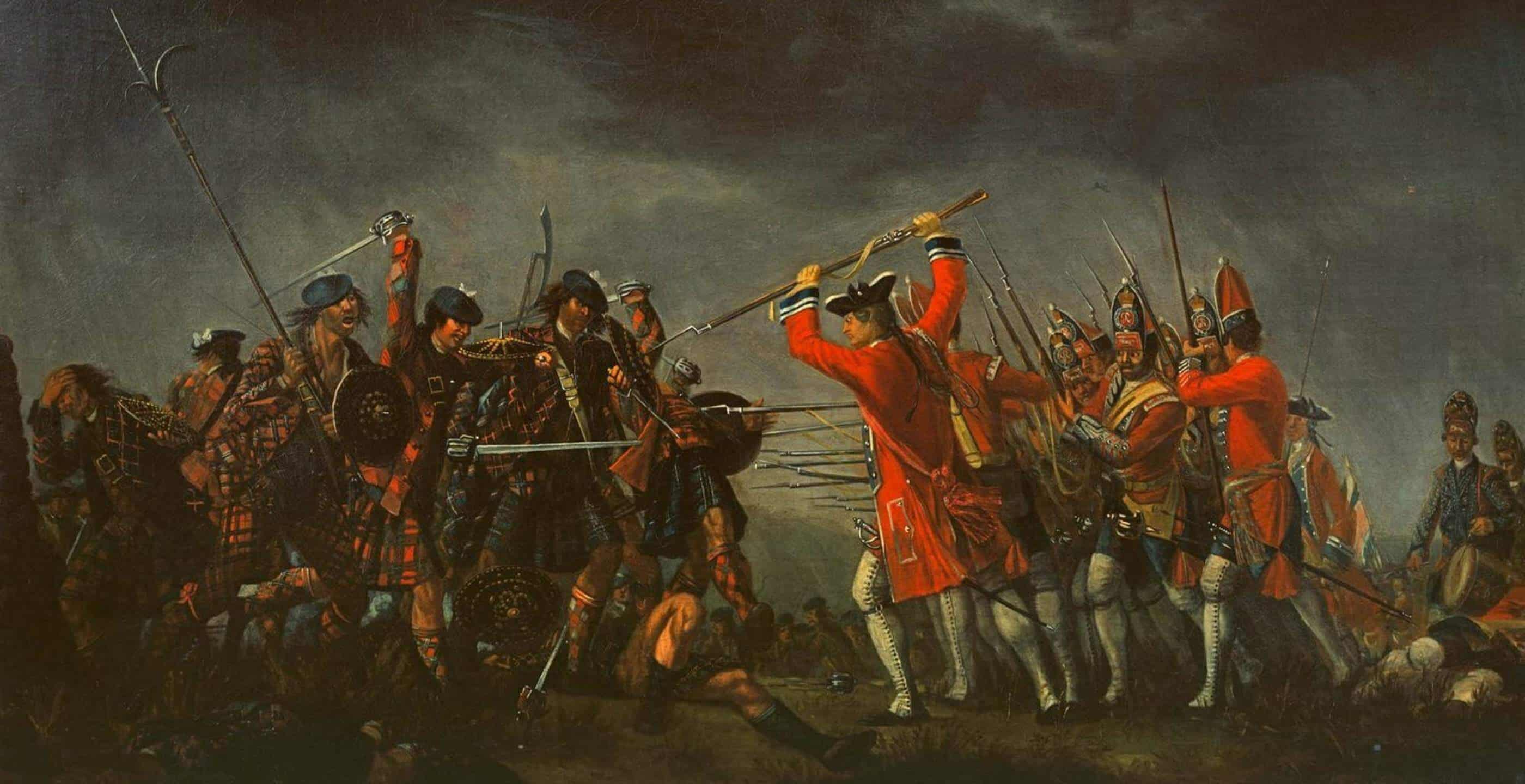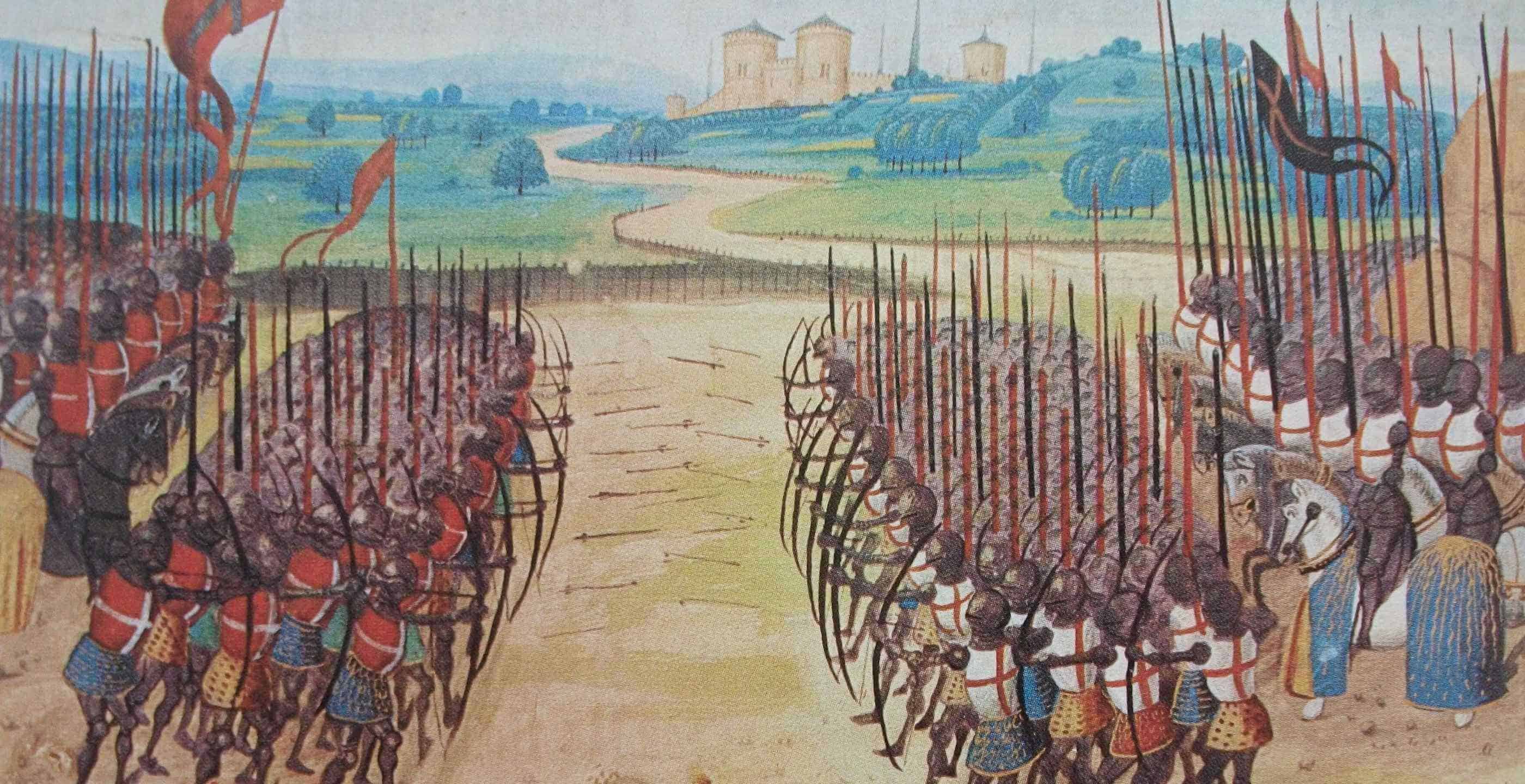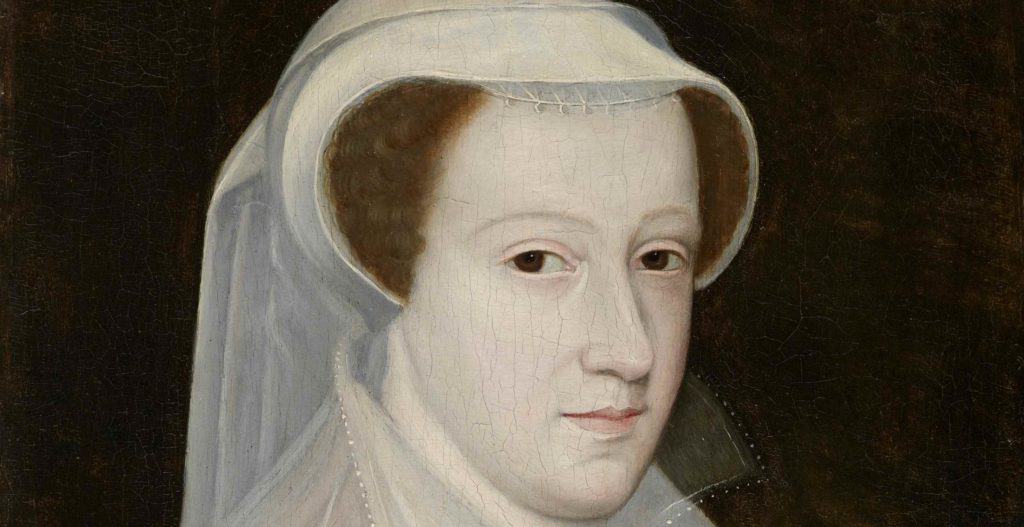Mary Queen of Scots, queen of Scotland at the age of just 6 days, had a very chaotic and endangered life. When she travelled to France in 1548 for her own protection and safety, she was escorted by her four ladies-in-waiting, coincidentally all named Mary. It is possible that Mary’s mother the French Marie de Guise personally chose the young girls to be companions to the Queen.
The four ladies-in-waiting all had Scottish fathers and two of them had French mothers and therefore could be relied upon to be loyal not only to their Scottish Queen but also to the French Queen Mother, Marie de Guise.
It was also the Queen Mother’s intentions for her daughter to marry the Francis, Dauphin of France, to whom Mary was betrothed.
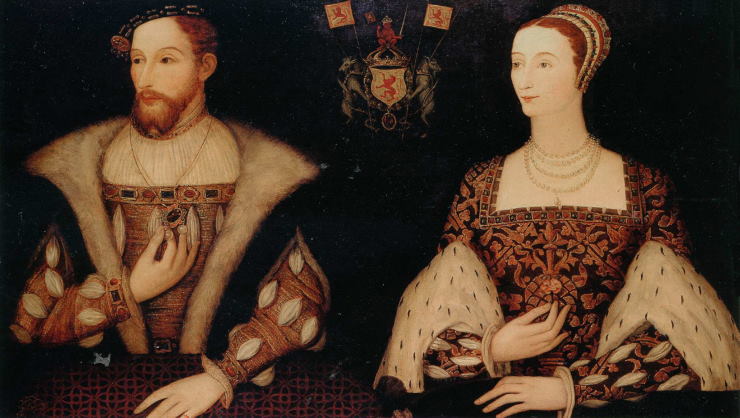
These four ladies, who would accompany the young Queen to France were to become the Queen’s closest companions and friends, as well as her ladies-in-waiting. They are known to history as ‘The Four Marys’; Mary Seton, Mary Fleming, Mary Beaton and Mary Livingston. Mary Fleming was also a relative of Mary Queen of Scots, as Fleming’s mother was the illegitimate half-sister of Mary Queen of Scots’ late father King James V. The other ladies were of noble and high birth.
Although Mary Queen of Scots’ connection to France started at a young age, it wasn’t always certain that France would become her home. King Henry VIII first attempted to marry his son Prince Edward to the young Scottish Queen. Although some of the Queen of Scots’ nobles supported an English alliance, Marie de Guise and other nobles pushed for the Auld Alliance.
In 1548, the four Marys joined their Queen at Inchmahome Priory in preparation for their journey to France. The journey to France from Scotland was a rough sea voyage. It is recorded that during the journey, all of the ladies came down with sea sickness.
Upon their arrival in France, the station of Mary Queen of Scots and that of her ladies-in-waiting could not have been made clearer, as Mary was to join the Valois royal children whilst her ladies were initially separated from her. This could appear as a cruel move by the French King Henri II, however it was for the young Scottish Queen’s benefit. First of all, if she were to marry the Dauphin, she would need to learn to speak French and be associate with the Valois Princesses, Elisabeth and Claude. Secondly, by making her closest companions Henri’s daughters he could secure her loyalty and ensure she was surrounded by women of noble birth and of respectable character.
The four Marys were initially sent away to be educated by Dominican nuns. However their time in France was not to be for as long as anticipated, as although Mary Queen of Scots married Francis, they ruled France together for only a year before the young King died in 1560.
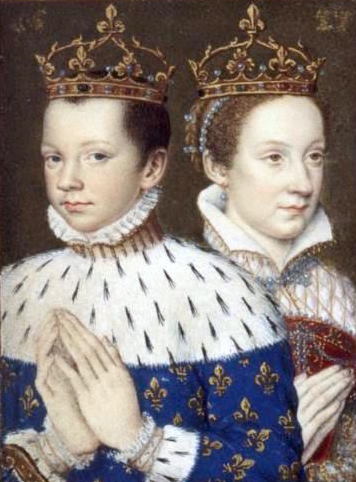
By this time, Marie de Guise, who had once decided her daughter’s future in France whilst protecting her realm in Scotland, had died. This left Mary no choice but to return to her country as queen. The four Marys returned with her to Scotland. Scotland would be the place where the four Marys would seek their own husbands, as their now widowed Queen would also seek out another.
Mary Queen of Scots married her cousin Lord Darnley in 1565. Her ladies also married, all except Mary Seton who remained in the Queen’s service until 1585 when she left the Queen’s household to join the house of God and become a nun. Mary Beaton married Alexander Ogilvy in April 1566.
Mary Beaton had a son James with her husband in 1568. Two years earlier, she had been there to support Mary Queen of Scots as she gave birth to her son and heir James, who would become James VI of Scotland and eventually, James I of England.
Mary Beaton lived a long life, dying at the age of fifty-five in 1598. Mary Beaton has been depicted in history as a model lady in waiting and one who was well educated. It is recorded that Mary Beaton’s own handwriting was very similar to that of Mary Queen of Scots.
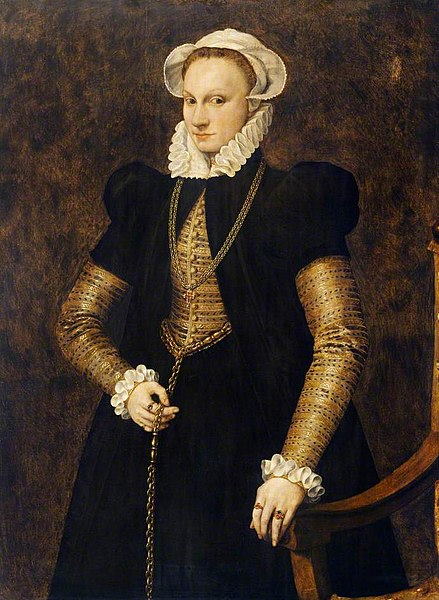
Mary Livingston married her husband John Sempill in the same year that Mary Queen of Scots married Lord Darnley. Both Mary Livingston and her husband’s characters were not considered to be honourable and respectful, unlike those of her ladies Seton and Beaton. The Scottish Reformer John Knox wrote that Livingston was “lusty” and her husband was a “dancer”. He even rumoured that Livingston had conceived her child before the marriage and therefore was of unworthy character to be a lady-in-waiting to the Queen. These remarks by Knox were ignored by Mary Queen of Scots who granted wealth and land to her lady and her husband. Mary Livingston was even awarded some of the Queen of Scots’ jewels in her will. However she and her husband were ordered some years later to return them to the crown. Her husband John Sempill was arrested for refusing to return them. Livingston died in 1579.
Mary Fleming married a man who was many years older than her, Sir William Maitland. Maitland was the Queen’s royal secretary. There were rumours that their marriage was an unhappy one, but this has been largely disregarded by history and evidence proves otherwise. Their marriage took place after three years of courtship and therefore, they had time to get to know one another well before the marriage. In 1573 they were captured at Edinburgh Castle. Mary’s husband died shortly after their capture and she herself was kept a prisoner. Mary Fleming was forced to give up her belongings and her estate was not returned to her until 1581/2 by the then King James VI, the son of her former Queen and mistress.
There is a dispute over whether Fleming remarried but it is commonly believed that she did not. She had two children, James and Margaret. In 1581 the Queen of Scots tried to set up a meeting with Mary Fleming, but there is no evidence that this ever took place. Fleming died that same year.
The lives of the ladies-in-waiting of Mary Queen of Scots were very different, despite their common experiences and Dominican education in France; three married and only one lady actually returned to a life in a nunnery.
Written by Leah Rhiannon Savage aged 22, Master’s Graduate of History from Nottingham Trent University. Specialises in British History and predominantly Scottish History. Wife and Aspiring Teacher of History.
